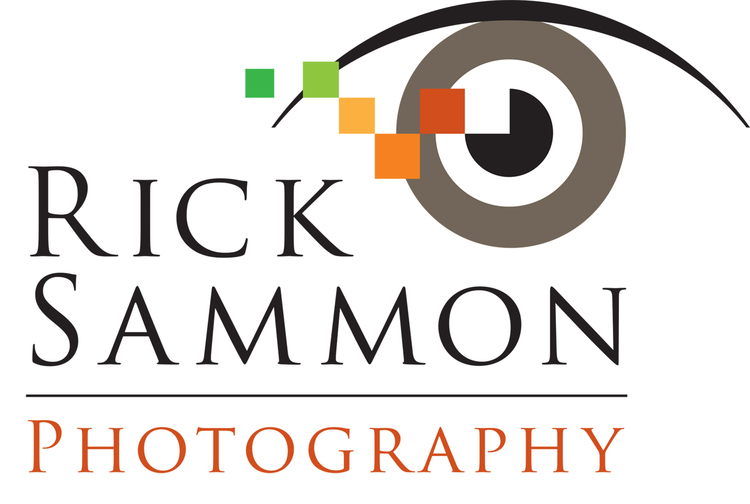| Emily Weber was our talented model for the session. |
A big thank you to the folks at the N4C convention and Des Moines Camera Club for inviting me to present two sessions at their annual event yesterday. Great folks, great fun.
| Photograph by Shane Abbitt |
I also demonstrated how easy it is to control the flash output of the new Canon speedlites with the new ST-E3 RT wireless transmitter.
I took the opening image for this post while my new friend and assistant (and scientist in real life) Jerry Ranch held a Westcott 28-inch Apollo softbox above the model, who was positioned against a black background. I added the Diffuse Glow filter in Photoshop CS4 to add an additional glow to the glow of our model, Emily Weber.
During my demos, I like to get the attendees involved. Left: voice-activated light stand Shane Abbitt, another new friend, helps out. Right: Jerry Ranch adds some fun and light to the session.
Here are a few quick lighting tips: light illuminates, shadows define; the larger the light the softer the light; the closer the light the softer the light. Want a dramatic portrait? Don't light the entire subject.
Above: Another hotel meeting room shot. I used one speedlite (grid added to focus the light) positioned to camera right to illuminate the model, and another speedite (blue gel added) fired through a cardboard cutout to illuminate the white background.
| Jerry "Huevos" Ranch and Rick "The Godfather" jam after the session. Shane Abbitt photo. |
One of the many reasons I enjoy traveling and giving seminars is that I get to meet interesting people, many of whom become my friends. Des Moines was no exception. I hope to be back soon for another photo session – and another jam session with photographer/scientist/musician Jerry Ranch.
My next speedlite session and seminar is in Canada later this month.
Click here for all my events.
You'll find more lighting tips in my apps, Rick Sammon's 24/7 Photo Buffet and Light It! See my apps page.
Explore the light,
Rick
Here's another post I did on the new Canon speedlite system.
